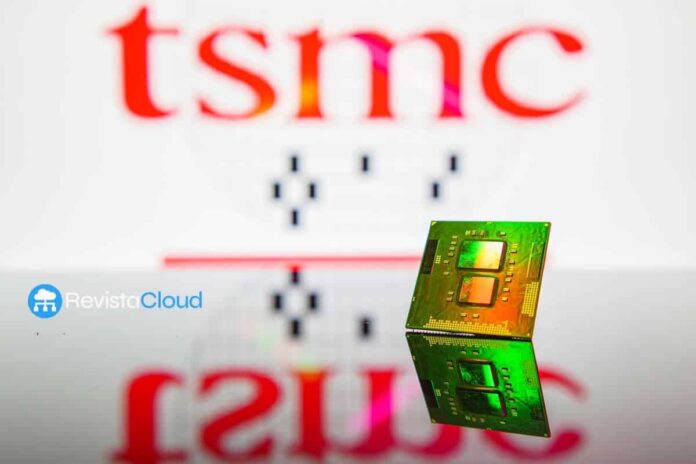In a 2025 characterized by economic challenges, international tensions, and logistical pressures, the semiconductor foundry industry is experiencing a notable split between winning and losing companies. At the top is Taiwan Semiconductor Manufacturing Company (TSMC), which continues to reach historic figures and maintains enviable margins. Meanwhile, second- and third-tier foundries face a discouraging outlook, operating at full capacity but with troubling finances.
Despite tariffs, currency fluctuations, and a complex political environment, TSMC has surpassed its annual records. Its scale, diversification of customers, and technological dominance are advantages difficult to match. The company has managed the economic impacts through flexible production and supply agreements that protect its margins. Moreover, its role as a leading manufacturer of advanced chips for high-demand sectors ensures valuable contracts with high margins.
On the other hand, smaller-scale foundries operate at the limit of their capacity, but with reduced or negative operating margins. The fierce competition in mid- and low-end chips, along with less favorable contracts and higher energy costs, affects their finances. While TSMC can pass cost increases on to its customers, these companies must absorb them in order to avoid losing market share.
The impact of dollar fluctuations and tariff policies is particularly difficult for smaller foundries. The geographic diversification of TSMC, with plants on several continents, allows it to mitigate these impacts, unlike those with more concentrated operations.
The technological gap is also a key factor. TSMC leads in advanced nodes and sophisticated packaging, essential for AI and high-performance chips. The smallest foundries do not have these advanced processes and must focus on more mature and adjusted technologies.
This imbalance poses a risk to the global industry: dependence on TSMC for advanced chips increases vulnerability to any disruption. Although there are efforts to diversify production in South Korea, the United States, and Europe, none match TSMC's performance.
In conclusion, as TSMC celebrates another year of success, the rest of the industry faces the challenge of turning high demand into profits. The difference lies not only in scale, but in the business model, the customer base, and technological capability. If this trend persists, the gap could widen, consolidating a market where the leader plays by rules different from those of its competitors.
More information and references in Cloud News.



